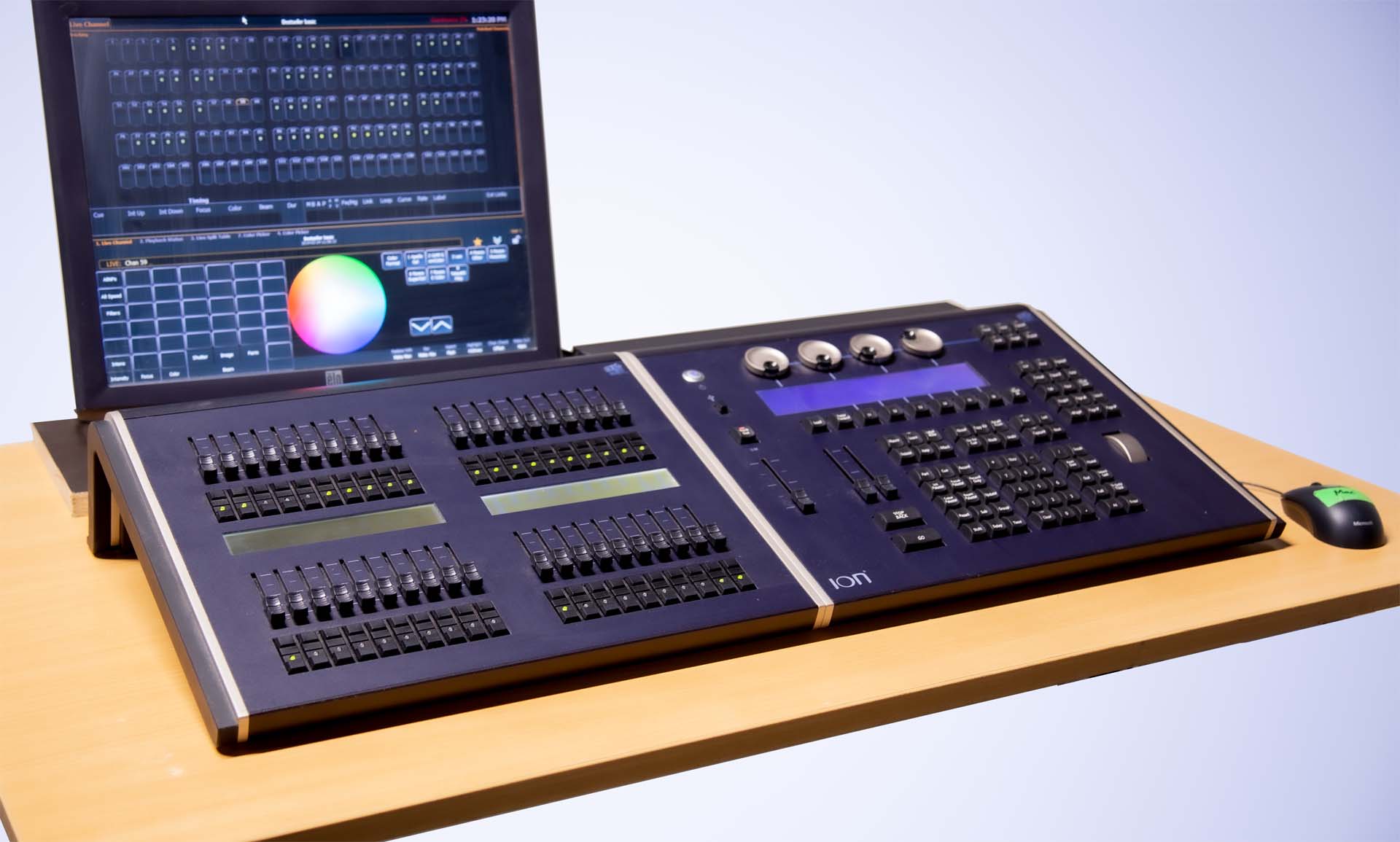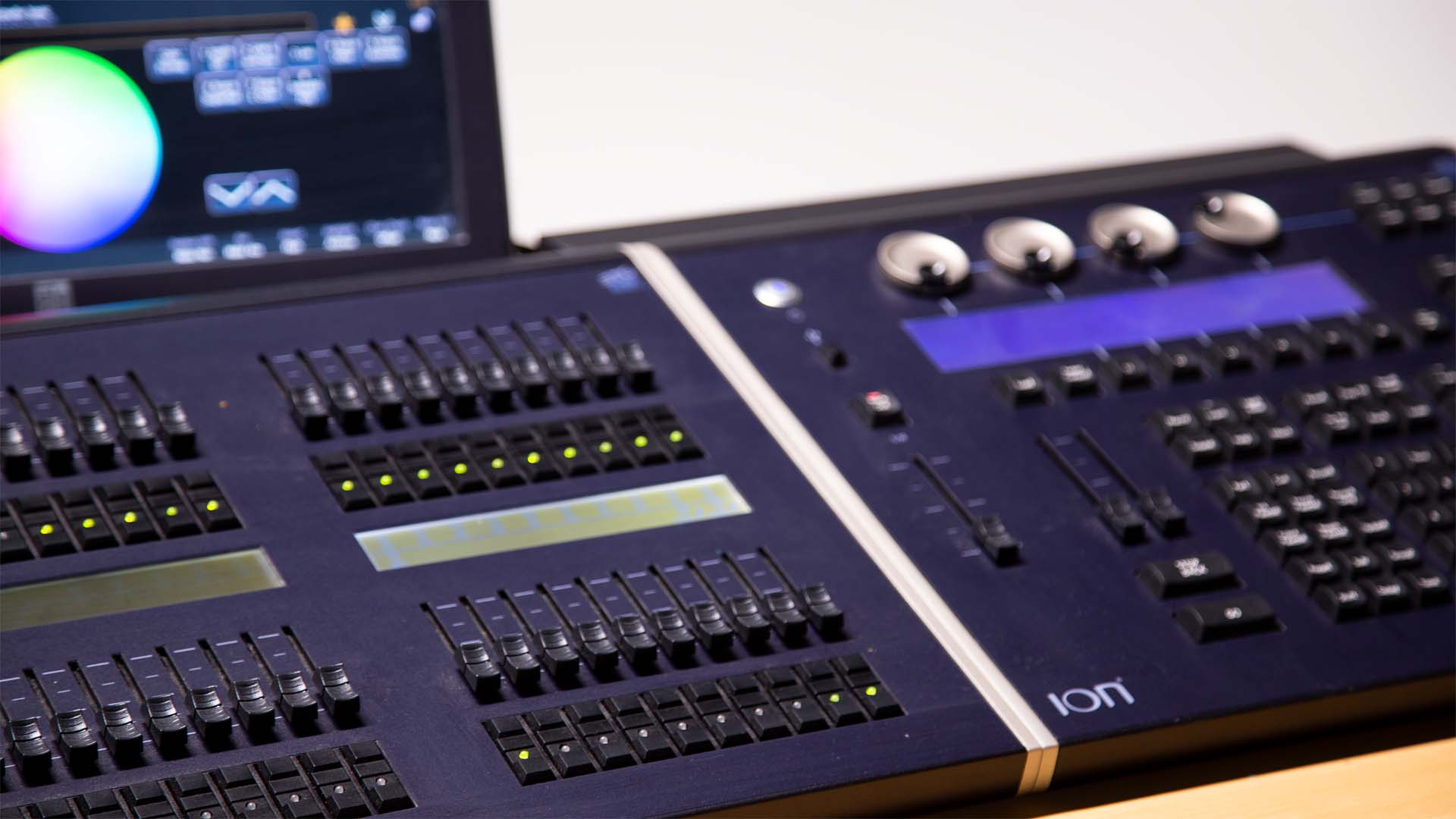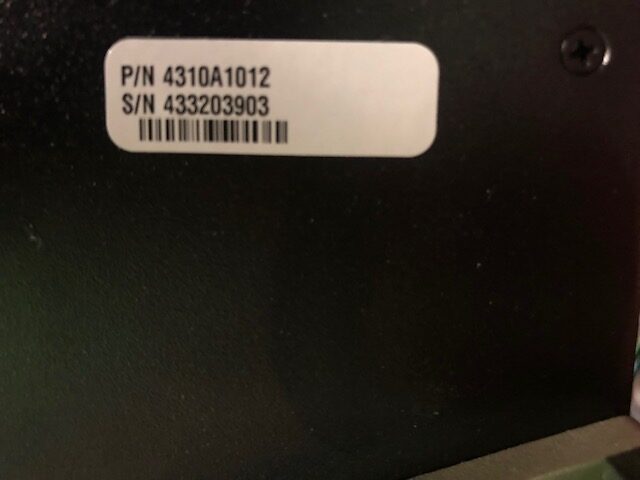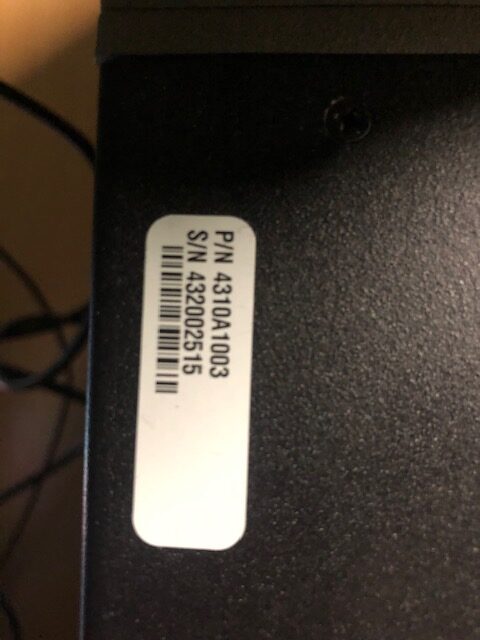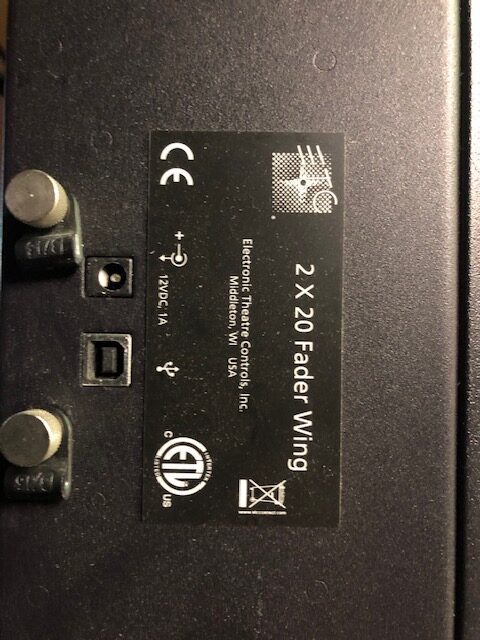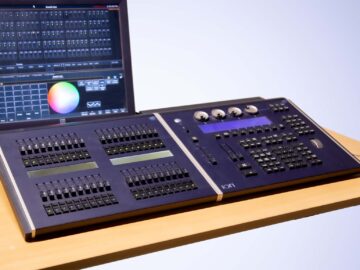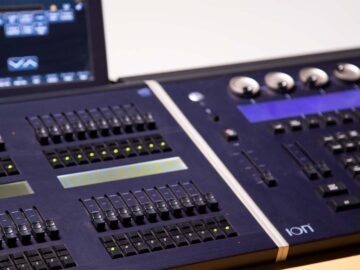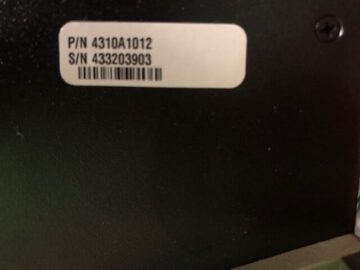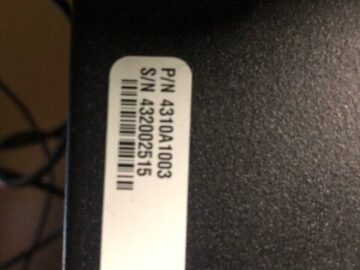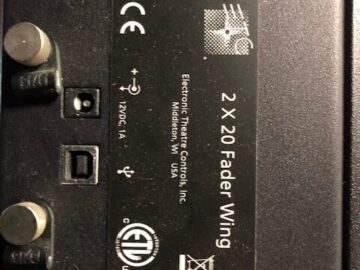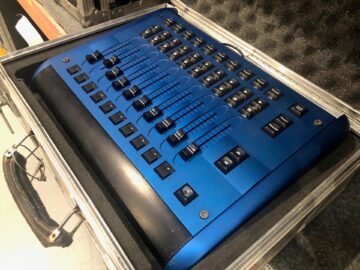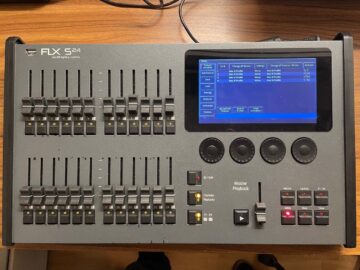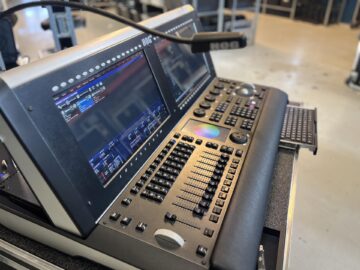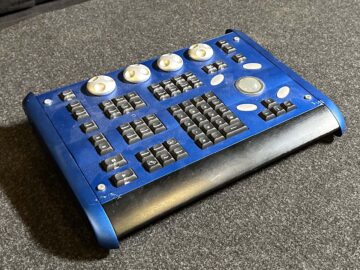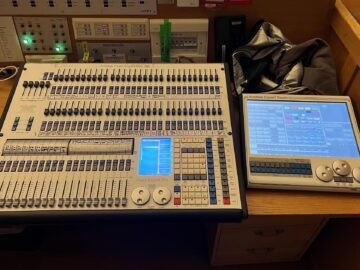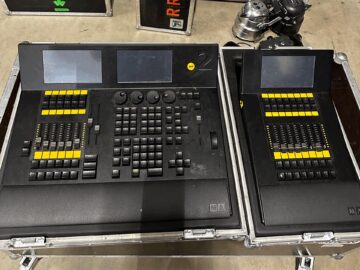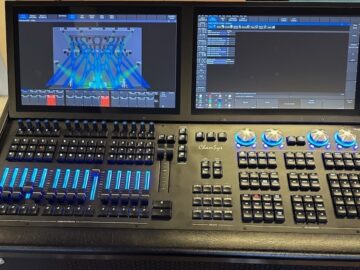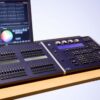Orders are invoiced in the currency selected above - please choose currency!
ETC Ion 1000 With Fader Wing
ETC Ion 1000 With Fader Wing
Ask about this item

EUR 2 900 excl tax
Price is excluding VAT What's this?
This item is sold
Share:
Power in a portable package
Highly intuitive and simple to use, Ion will satisfy the needs of beginners and pros alike. But you don’t need a PhD in Ion to use it! Start with the everyday (channel 5 at full) and let the full potential of Ion – like the powerful effects package, marking and timing functions – unfold with your experience. And it’s an easy step from Ion to Gio @5, Gio® or Eos Ti™, so the knowledge gained will work for you professionally for years to come.
Ion sports a generous programming keypad, four dedicated encoders for non-intensity parameter control, a grand master and blackout button, as well as a master split fader. For more hands-on control, Ion hosts up to six USB fader wings – the 2×10 and 2×20 – for a total of 300 additional mapped submasters or 200 cue lists with paging controls. The desk can support one or two external high-resolution Windows® 7-compatible monitors that can also be touch- or multi-touch screens.
Ion starts at 1,024 outputs and can expand to 6,144 outputs. Both of these versions support 16,000 channels, which can be numbered from 1 to 99,999.
Use Ion in a stand-alone system or as a remote programming station for a larger system.
Product Features
Dedicated master playback fader pair
Dedicated grand master and blackout switch
Four pageable encoders
Channel summary or table views, user configurable in live/blind
Blind spreadsheet views
Three user-definable workspaces per monitor, each with discrete split-screen controls and frame management. Additionally, single- or multiple-screen snapshots allow instant reconfiguration.
Custom-design your control interface using Magic Sheets, with topographical or abstract layouts. Full interaction with the command line allows command instructions – from the simplest and most immediate to the most complex – accessed from a mouse or single- or multi-touch displays.
Configure and program a pixel-map layout, using integral or custom-designed content.
Device discovery and troubleshooting via RDM
ETC Sensor® CEM+, CEM3™ and FDX dimmer feedback and controls
ETCNet3™ (ACN- based), ETCNet2™, Artnet and Avab® UPD protocol output
Multiple MIDI and SMPTE Inputs
Client/server networking and synchronized backup
Client and Offline programming on PC (Windows 7 or higher) and native on Macintosh (El Capitan v10.11 or later), via ETCnomad™.
Data-laundering from Obsession™, Express™, Expression®, Emphasis®, Congo®, Cobalt™, Transtechnik NT, Avab VLC, Grand MA1, Grand MA2 and Strand 500/300 series show files.
99 discrete online users with partitioned control

